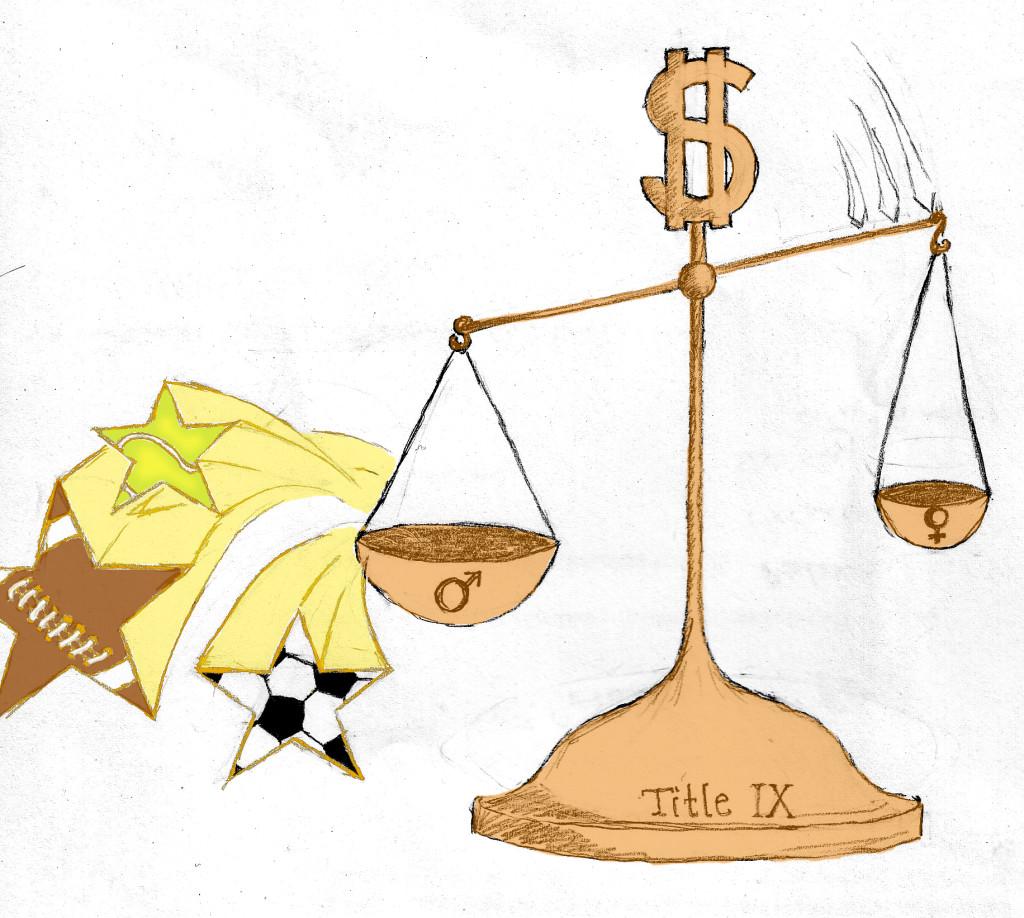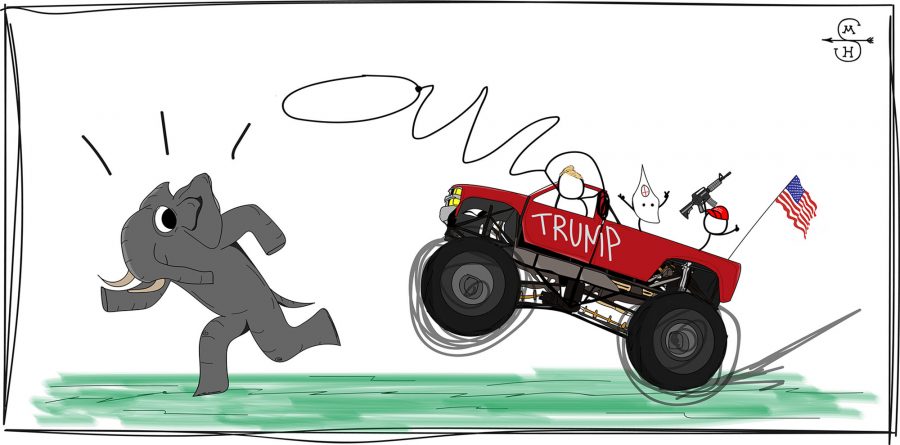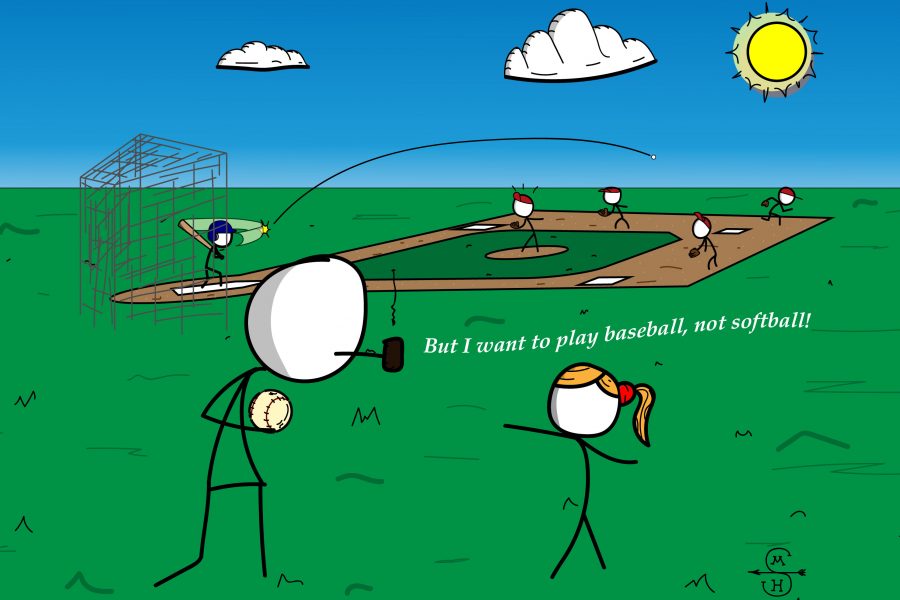No one can argue equal opportunity for both sexes, but is there such thing as too equal?
For the first time, female athletes outnumbered men on the U.S. Summer 2012 Olympic team, 40 years after Title IX was passed.
It’s a great success story for female athletes around the country. In reality it leads to the oppression and systematic elimination of men’s athletic opportunities.
Title IX was passed under the Education Amendments of 1972 and states, “No person in the United States shall, on the basis of sex, be excluded from participation in, be denied the benefits of, or be subjected to discrimination under any education program or activity receiving Federal financial assistance.”
The law was intended to eliminate oppression of women in athletic programs and has been a monumental success. The NCAA reports a 405 percent increase of female participation in intercollegiate athletics.
However, No law should be judged solely on its good intent, but also on its effect.
What many supporters of Title IX fail to recognize is that it has damaged men’s intercollegiate athletic programs nationwide.
According to the Congress’s General Accounting office, 1,216 NCAA Division I men’s athletic programs were cut from 1987 to 2002 in order for schools to comply with Title IX quotas.
There are three separate ways for institutions to comply. First, provide athletic scholarship opportunities proportionate to their respective undergraduate enrollment. Second, demonstrate continual expansion in women’s athletic programs. Third, accommodating interest and ability of underrepresented sex.
In order to adhere with the first test, schools are cutting men’s programs with a cleaver because its more cost efficient than demonstrating continual expansion (adding women’s programs) or accommodating interest.
Institutions have failed to recognize that women are no longer the underrepresented sex in college. Men are.
In May 2011, the New York Times published a story quoting assistant secretary for civil rights Russlynn H. Ali.
“Title IX protects against sex discrimination,” Ali said. “Traditionally, the underrepresented sex in institutions of higher education has been women. That is changing.”
We aren’t in 1972 anymore. The last census reported that women make up 57% of all collegiate students in the U.S.
Title IX doesn’t take into account the argument that men are more interested in scholastic athletic opportunities than women. The NCSA, a recruiting agency for college sports, reports that there is 20 percent more demand for athletic scholarships in men’s sports than women. That’s never going to change. Ticket prices are much higher for men’s football and basketball than any other women’s sport.
Most of these cuts could have been avoided by allowing the market for men’s sports take care of some funding at the college level.
In 1974, just two years after the law passed, Senator John Tower proposed amending Title IX to exempt revenue-producing teams from the scholarship quota.
That means most football and basketball teams’ scholarships (about 125) would be free to split between men and women’s programs in other sports and could have decreased cuts.
Female crew coaches at Marquette University in 2003 had to offer random scholarships to athletic looking girls to fill their squad, even though the girls had no prior experience and there was no demand. Marquette had just given the mens wrestling budget to women’s crew. Why not give those scholarships to a man who is more interested and suitable?
The truth is, male athletes are bigger, faster, and stronger than their female counterparts and more exciting to watch. There are more professional outlets for men after college. Women have fewer outlets for professional sports and get paid less as professionals. Title IX over steps its bounds by insisting there be equal demand for women’s sports that just does not exist.
All of this true, women still have the right to similar funding in college. However, it should be based on demand, not a quota number.










